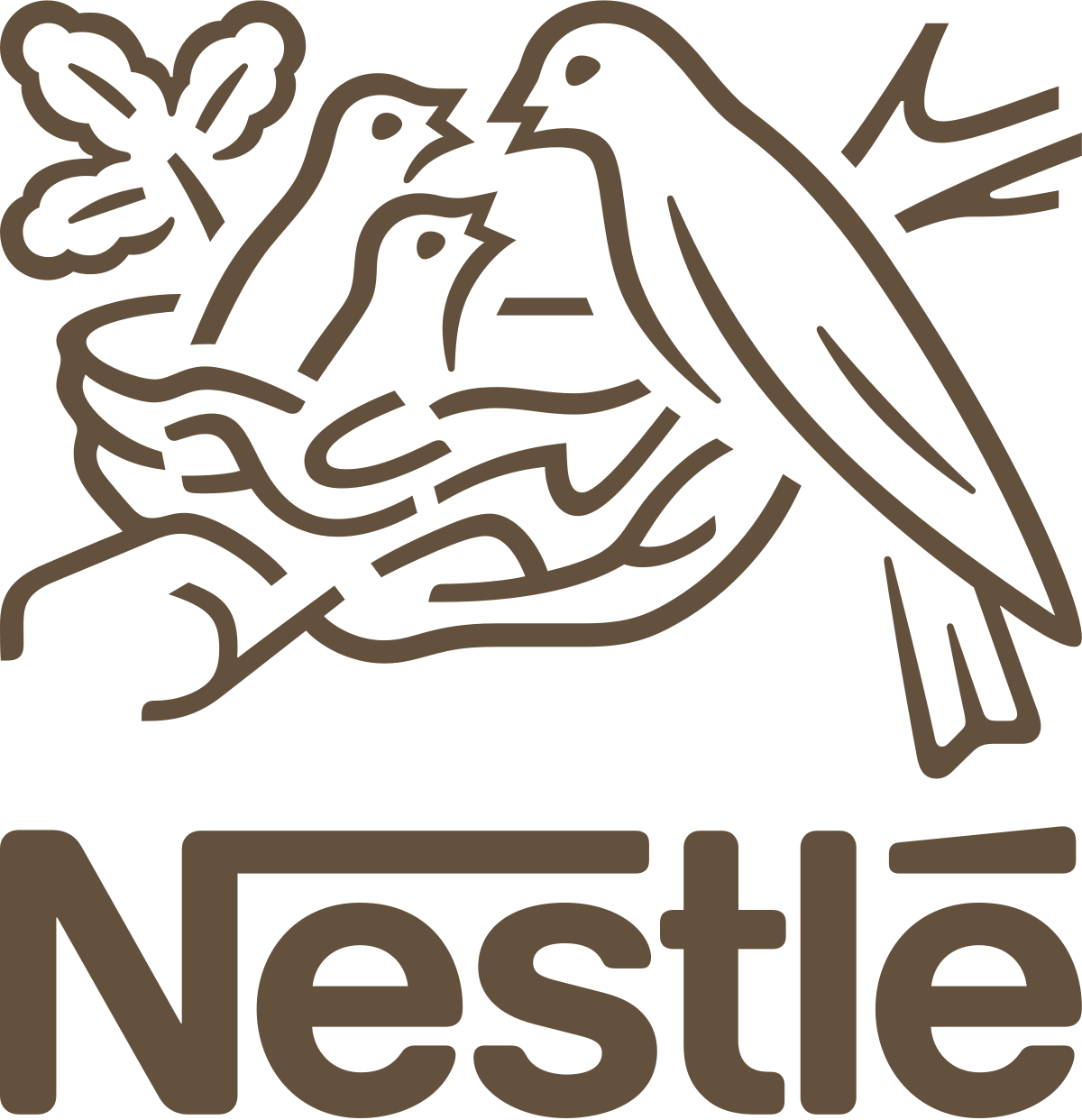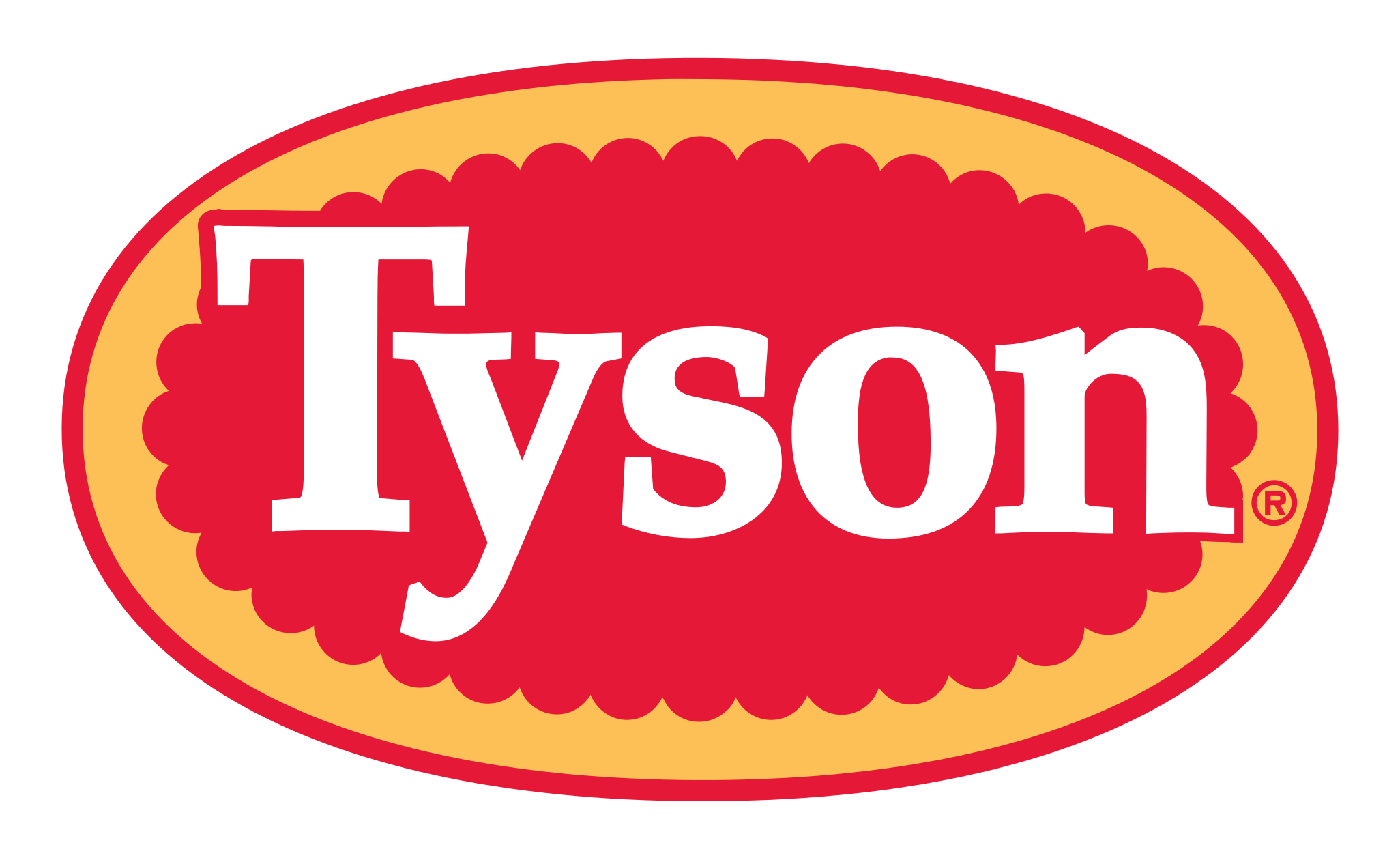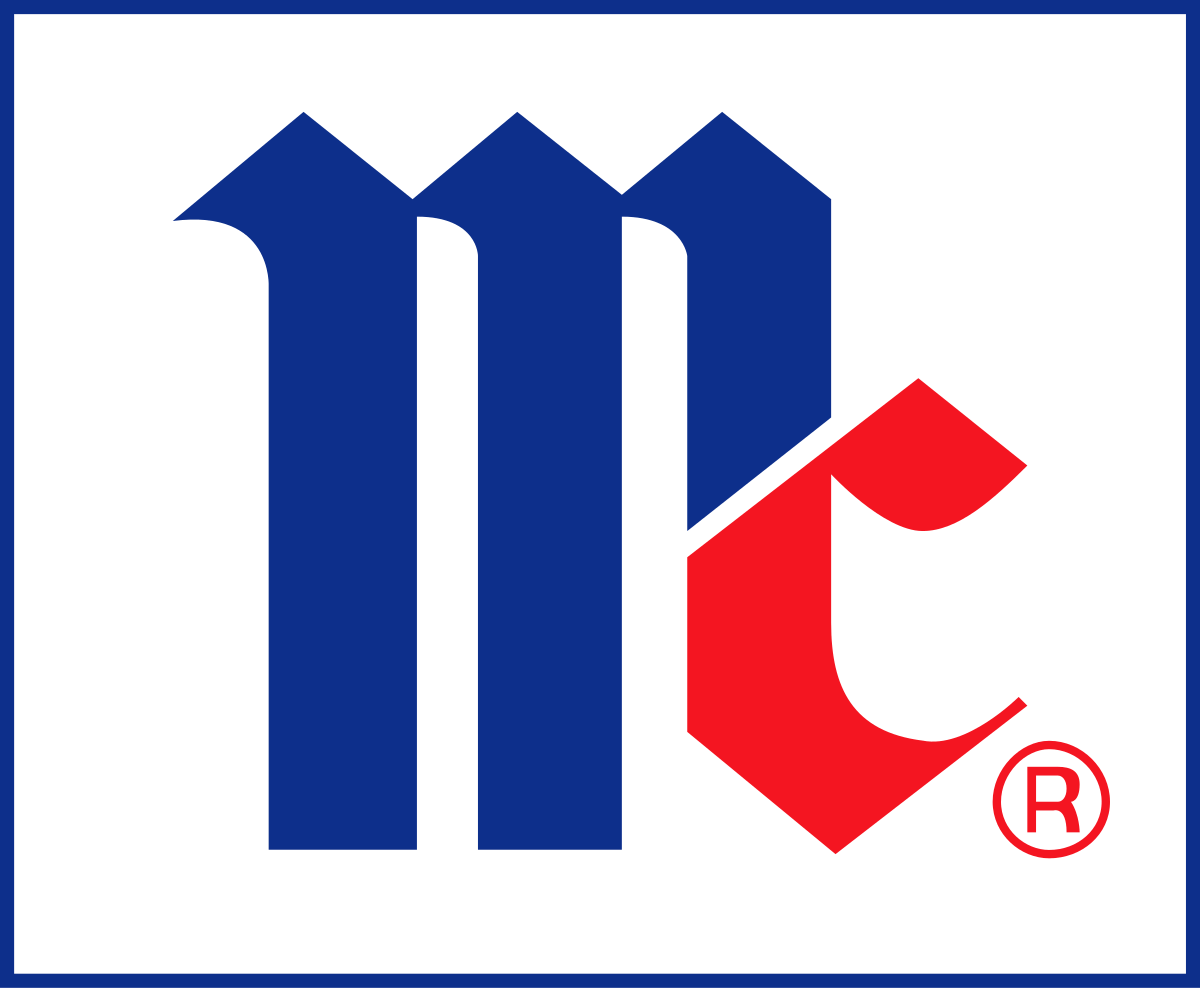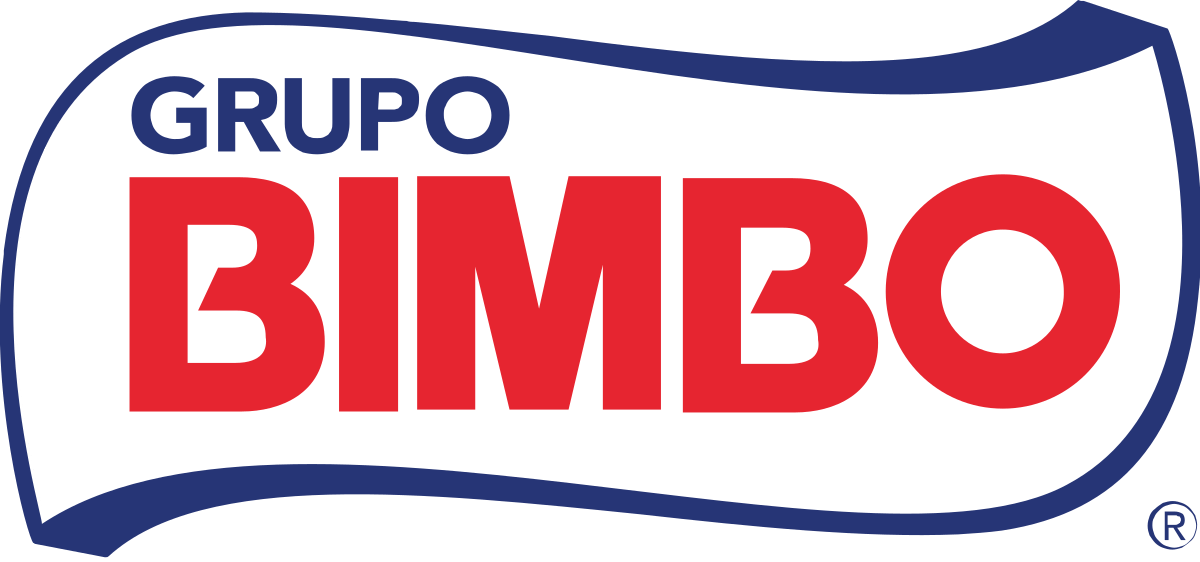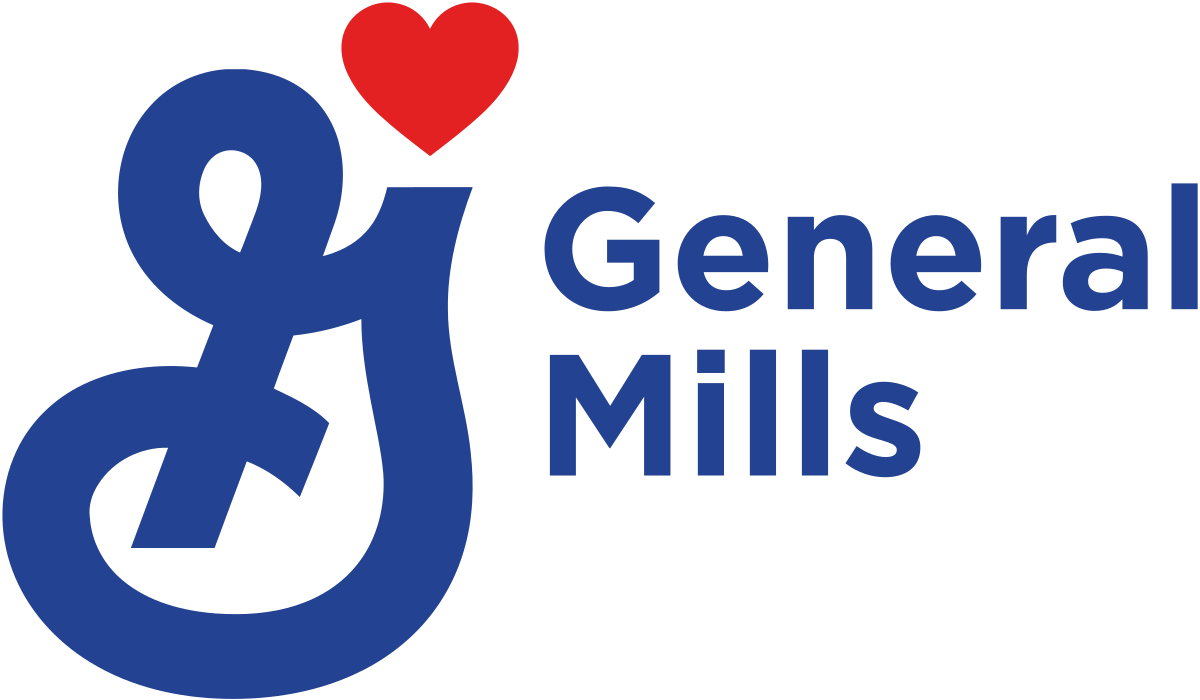Global Butter Powder Market By Nature, By Flavor, By Distribution Channel, By Region: Global Insights, Growth, Size, Comparative Analysis, Trends and Forecast, 2023 – 2031
- Industry: Food & Beverages
- Report ID: TNR-110-921
- Number of Pages: 420
- Table/Charts : Yes
- November, 2023
- Base Year : 2024
- No. of Companies : 10+
- No. of Countries : 29
- Views : 10279
- Covid Impact Covered: Yes
- War Impact Covered: Yes
- Formats : PDF, Excel, PPT
Global Butter Powder Market Accounted for US$ 2.23 Billion in 2022, Estimated to Gain CAGR of 6% from 2023-2031.
Butter powder is a dehydrated form of real butter made by removing the moisture content. It retains the flavor and fat content of butter and can be reconstituted with water to form a creamy, buttery spread or used as a seasoning in cooking and baking.
In the global butter powder market, conventional butter segment dominates in the nature category. Conventional products are more widely available and tend to be more affordable compared to organic alternatives. This accessibility and affordability made conventional butter powder the preferred choice for a broader consumer base, especially in food manufacturing and processing.
COVID-19 Impact Analysis on Global Butter Powder Market
Pre-COVID-19, the butter powder market was steadily growing, driven by convenience and extended shelf life. However, the pandemic accelerated its demand as consumers sought longer-lasting pantry staples. Post-COVID-19, this trend continued, with a heightened focus on home cooking and food storage. Butter powder’s versatile applications in cooking, baking, and seasoning contributed to its sustained popularity as a practical and flavor-enhancing ingredient.
Global Butter Powder Market Revenue & Forecast, (US$ Million), 2015 – 2031

A significant driver in the butter powder market is the product’s convenience and long shelf life. Butter powder’s dehydrated form makes it easy to store without refrigeration, ensuring a longer lifespan compared to fresh butter. For example, traditional butter typically has a shelf life of a few weeks, while butter powder can be stored for up to two years. This extended shelf life reduces food waste and appeals to consumers looking for pantry staples with a longer usability period, contributing to its popularity in both households and the food industry. One notable restraint in the butter powder market is the variability in flavor and texture compared to fresh butter.
While butter powder retains the essence of butter, some consumers may perceive differences in taste and creaminess when reconstituted. The processing and dehydration methods can impact these characteristics. This flavor and texture variability may pose a challenge in meeting consumer expectations, particularly in culinary applications where the distinct qualities of butter are essential, such as baking and pastry making, potentially limiting its adoption in certain premium food segments.

In the global butter powder market, peanut- flavored butter powder is the dominating segment driven by its versatile use in both sweet and savory dishes. peanut- flavored butter powder finds extensive application in baking, desserts, and beverages, making it a popular choice among consumers for adding chocolaty richness to their creations.

North America dominated the global butter powder market in 2022. The US and Canada, in particular, have strong consumer demand for convenience foods, including powdered butter. This demand is driven by factors like baking, snacking, and outdoor activities where powdered butter is a practical ingredient. The region’s well-established food processing industry also contributes to the dominance of butter powder.
Competitive Landscape: Global Butter Powder Market
- BetterBody Foods
- Betty Lou’s Inc.
- Garden of Life
- Hoosier Hill Farm
- Laita
- Nutricost
- Nutrient Survival
- PB2 Foods, Inc.
- powbab
- Z Natural Foods LLC
- Other Industry Participants
Report Summary of Global Butter Powder Market
| Report Specifications | Details |
| Market Revenue in 2022 | US$ 2.23 Billion |
| Market Size Forecast by 2031 | US$ 4.3 Billion |
| Growth Rate (CAGR) | 6% |
| Historic Data2015 | 2015 – 2021 |
| Base Year for Estimation | 2022 |
| Forecast Period | 2023 – 2031 |
| Report Inclusions | Market Size & Estimates, Market Dynamics, Competitive Scenario, Trends, Growth Factors, Market Determinants, Key Investment Segmentation, Product/Service/Solutions Benchmarking |
| Segments Covered | By Nature, By Flavor, By Distribution Channel |
| Regions Covered | North America, Europe, Asia Pacific, Middle East & Africa, Latin America |
| Countries Covered | U.S., Canada, Mexico, Rest of North America, France, The UK, Spain, Germany, Italy, Nordic Countries (Denmark, Finland, Iceland, Sweden, Norway), Benelux Union (Belgium, The Netherlands, Luxembourg), Rest of Europe, China, Japan, India, New Zealand, Australia, South Korea, Southeast Asia (Indonesia, Thailand, Malaysia, Singapore, Rest of Southeast Asia), Rest of Asia Pacific, Saudi Arabia, UAE, Egypt, Kuwait, South Africa, Rest of Middle East & Africa, Brazil, Argentina, Rest of Latin America |
| Key Players | BetterBody Foods, Betty Lou’s Inc., Garden of Life, Hoosier Hill Farm, Laita, Nutricost, Nutrient Survival, PB2 Foods, Inc., Powbab, Z Natural Foods LLC, Other Industry Participants |
| Customization Scope | Customization allows for the inclusion/modification of content pertaining to geographical regions, countries, and specific market segments. |
| Pricing & Procurement Options | Explore purchase options tailored to your specific research requirements |
| Contact Details | Consult With Our Expert
Japan (Toll-Free): – +81 663-386-8111 South Korea (Toll-Free): – +82-808- 703-126 Saudi Arabia (Toll-Free): – +966 800 850 1643 United States: +1 302-232-5106 United Kingdom: +447537105080 E-mail: askanexpert@thenicheresearch.com
|
Global Butter Powder Market:
By Nature
- Conventional
- Organic
By Flavor
- Cocoa
- Almond
- Peanut
- Others
By Distribution Channel
- Supermarket/Hypermarket
- Convenience Store
- B2B
- Specialty Store
- Online Store
By Region
- North America (U.S., Canada, Mexico, Rest of North America)
- Europe (France, The UK, Spain, Germany, Italy, Nordic Countries (Denmark, Finland, Iceland, Sweden, Norway), Benelux Union (Belgium, The Netherlands, Luxembourg), Rest of Europe
- Asia Pacific (China, Japan, India, New Zealand, Australia, South Korea, Southeast Asia (Indonesia, Thailand, Malaysia, Singapore, Rest of Southeast Asia), Rest of Asia Pacific)
- Middle East & Africa (Saudi Arabia, UAE, Egypt, Kuwait, South Africa, Rest of Middle East & Africa)
- Latin America (Brazil, Argentina, Rest of Latin America)
Report Coverage and Deliverables:

Table of Contents
**Exclusive for Multi-User and Enterprise User.
Table of Contents
**Exclusive for Multi-User and Enterprise User.
The Niche Research approach encompasses both primary and secondary research methods to provide comprehensive insights. While primary research is the cornerstone of our studies, we also incorporate secondary research sources such as company annual reports, premium industry databases, press releases, industry journals, and white papers.
Within our primary research, we actively engage with various industry stakeholders, conducting paid interviews and surveys. Our meticulous analysis extends to every market participant in major countries, allowing us to thoroughly examine their portfolios, calculate market shares, and segment revenues.
Our data collection primarily focuses on individual countries within our research scope, enabling us to estimate regional market sizes. Typically, we employ a bottom-up approach, meticulously tracking trends in different countries. We analyze growth drivers, constraints, technological innovations, and opportunities for each country, ultimately arriving at regional figures.Our process begins by examining the growth prospects of each country. Building upon these insights, we project growth and trends for the entire region. Finally, we utilize our proprietary model to refine estimations and forecasts.
Our data validation standards are integral to ensuring the reliability and accuracy of our research findings. Here’s a breakdown of our data validation processes and the stakeholders we engage with during our primary research:
- Supply Side Analysis: We initiate a supply side analysis by directly contacting market participants, through telephonic interviews and questionnaires containing both open-ended and close-ended questions. We gather information on their portfolios, segment revenues, developments, and growth strategies.
- Demand Side Analysis: To gain insights into adoption trends and consumer preferences, we reach out to target customers and users (non-vendors). This information forms a vital part of the qualitative analysis section of our reports, covering market dynamics, adoption trends, consumer behavior, spending patterns, and other related aspects.
- Consultant Insights: We tap into the expertise of our partner consultants from around the world to obtain their unique viewpoints and perspectives. Their insights contribute to a well-rounded understanding of the markets under investigation.
- In-House Validation: To ensure data accuracy and reliability, we conduct cross-validation of data points and information through our in-house team of consultants and utilize advanced data modeling tools for thorough verification.
The forecasts we provide are based on a comprehensive assessment of various factors, including:
- Market Trends and Past Performance (Last Five Years): We accurately analyze market trends and performance data from preceding five years to identify historical patterns and understand the market’s evolution.
- Historical Performance and Growth of Market Participants: We assess the historical performance and growth trajectories of key market participants. This analysis provides insights into the competitive landscape and individual company strategies.
- Market Determinants Impact Analysis (Next Eight Years): We conduct a rigorous analysis of the factors that are projected to influence the market over the next eight years. This includes assessing both internal and external determinants that can shape market dynamics.
- Drivers and Challenges for the Forecast Period:Identify the factors expected to drive market growth during the forecast period, as well as the challenges that the industry may face. This analysis aids in deriving an accurate growth rate projection.
- New Acquisitions, Collaborations, or Partnerships: We keep a close watch on any new acquisitions, collaborations, or partnerships within the industry. These developments can have a significant impact on market dynamics and competitiveness.
- Macro and Micro Factors Analysis:A thorough examination of both macro-level factors (e.g., economic trends, regulatory changes) and micro-level factors (e.g., technological advancements, consumer preferences) that may influence the market during the forecast period.
- End-User Sentiment Analysis: To understand the market from the end-user perspective, we conduct sentiment analysis. This involves assessing the sentiment, preferences, and feedback of the end-users, which can provide valuable insights into market trends.
- Perspective of Primary Participants: Insights gathered directly from primary research participants play a crucial role in shaping our forecasts. Their perspectives and experiences provide valuable qualitative data.
- Year-on-Year Growth Trend: We utilize a year-on-year growth trend based on historical market growth and expected future trends. This helps in formulating our growth projections, aligning them with the market’s historical performance.
Research process adopted by TNR involves multiple stages, including data collection, validation, quality checks, and presentation. It’s crucial that the data and information we provide add value to your existing market understanding and expertise. We have also established partnerships with business consulting, research, and survey organizations across regions and globally to collaborate on regional analysis and data validation, ensuring the highest level of accuracy and reliability in our reports.
